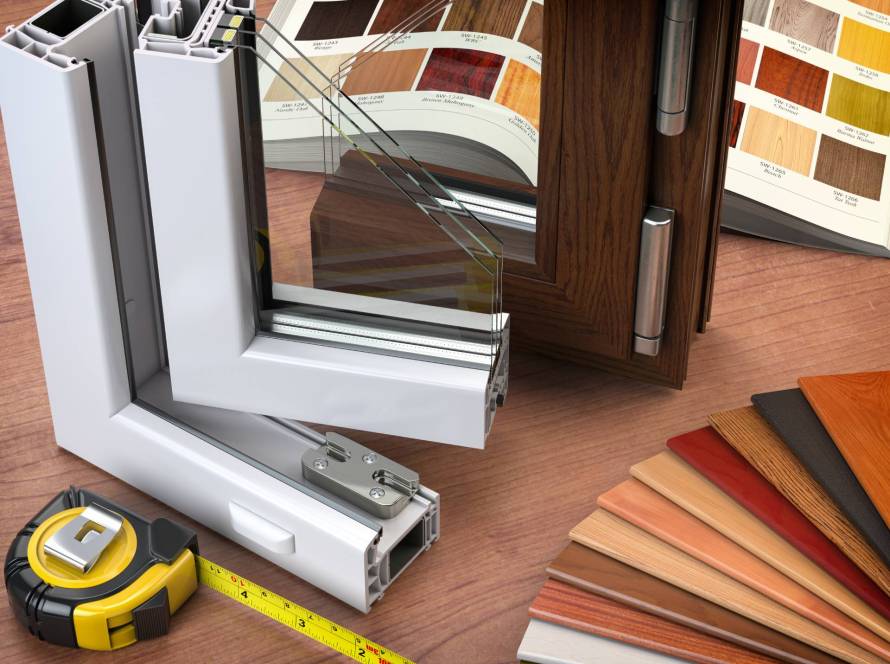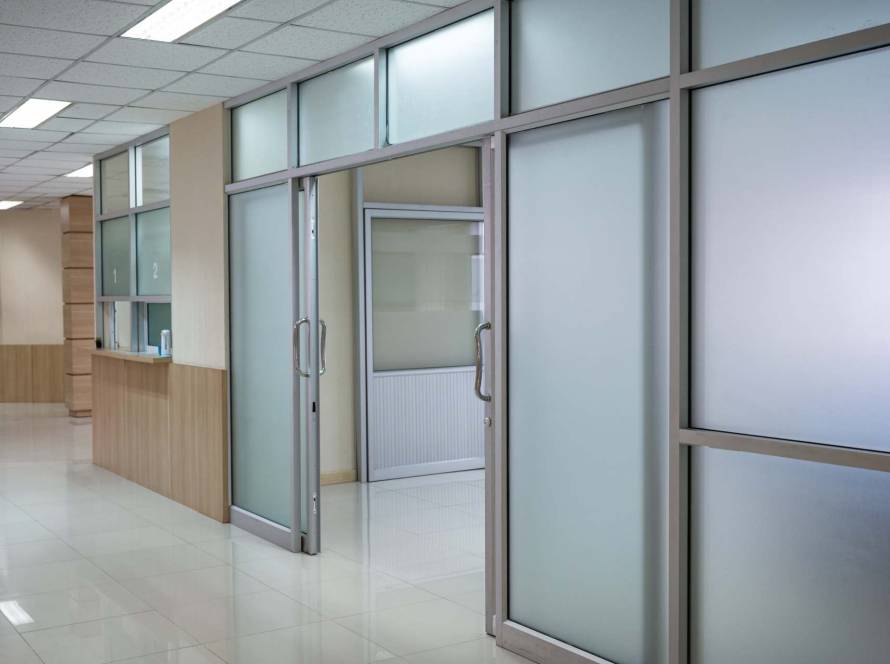Metal coating is an essential process in various industries, enhancing the performance, durability, and aesthetic appeal of metal components. This complete guide will walk you through the different types of metal coatings, the processes involved, and their benefits, helping you gain a deeper understanding of this critical manufacturing step.
1. What is Metal Coating?
Metal coating refers to applying a protective or decorative layer to a metal surface. This process serves multiple purposes, including corrosion resistance, wear resistance, improved aesthetics, and electrical conductivity. Various techniques and materials can be used for metal coating, depending on the desired outcome and application.
2. Common Types of Metal Coatings
Several types of metal coatings are widely used in the industry:
- Galvanizing: Involves coating steel or iron with a layer of zinc to prevent rust and corrosion. It is commonly used in outdoor applications and structures exposed to moisture.
- Powder Coating: A dry finishing process that applies a powder coating to metal surfaces. Once heated, the powder melts and forms a smooth, durable finish. This method is popular for its aesthetic versatility and resistance to scratching and chipping.
- Electroplating: A process that uses electrical current to deposit a layer of metal onto a substrate. Commonly used for decorative purposes, electroplating can improve corrosion resistance and surface hardness.
- Thermal Spray Coating: Involves spraying molten or heated materials onto a surface to form a coating. This technique is often used for restoring worn parts or providing high-temperature resistance.
- Anodizing: Primarily used for aluminum, anodizing creates a protective oxide layer on the surface, enhancing corrosion resistance and surface hardness while allowing for coloring options.
3. The Metal Coating Process
While specific steps may vary depending on the coating method, the general metal coating process typically involves the following stages:
- Surface Preparation: The metal surface must be cleaned and prepared to ensure proper adhesion of the coating. This can include processes such as sandblasting, acid washing, or degreasing.
- Coating Application: Depending on the chosen method, the coating is applied to the prepared surface. This may involve dipping, spraying, electroplating, or other application techniques.
- Curing and Finishing: After the coating is applied, it may need to cure or dry to achieve the desired properties. This step can involve heating or air-drying, depending on the coating material used.
- Quality Inspection: The coated surface is inspected for quality, including checking for adhesion, thickness, and uniformity. Any defects or imperfections may need to be addressed before the final product is approved.
4. Benefits of Metal Coating
Metal coating offers numerous advantages, making it a critical process in manufacturing:
- Corrosion Resistance: Coatings protect metals from moisture, chemicals, and environmental factors that can cause rust and degradation.
- Enhanced Durability: Coated surfaces are often more resistant to scratches, impacts, and wear, extending the life of the components.
- Aesthetic Appeal: Metal coatings can enhance the visual appeal of products, allowing for a range of colors, textures, and finishes to suit various design preferences.
- Improved Performance: Coatings can enhance specific properties such as electrical conductivity, thermal resistance, and wear resistance, making them suitable for specialized applications.
5. Choosing the Right Coating
Selecting the appropriate metal coating for your project depends on several factors, including the material of the substrate, the environment in which the product will be used, and the desired performance characteristics. Consulting with coating professionals can help you make informed decisions based on your specific needs.
Conclusion
Understanding the metal coating process is essential for anyone involved in manufacturing or engineering. With various coating types, processes, and benefits, metal coating plays a vital role in enhancing the performance and longevity of metal components. By choosing the right coating solution, businesses can achieve greater durability, aesthetic appeal, and functionality in their products.


